Pillis Dedicates Eagle Scout Project to ‘Future of Agriculture’
Amelia Pillis completed her Eagle Scout project in November with the help of her scout troop, family and friends. This project will give many new opportunities for the local community.
January 6, 2023
WOODBURY — A staple in education at Nonnewaug High School is the hands-on activities. From chemistry labs to culinary arts, students learn best by doing. The Ellis Clark Agriscience Program at Nonnewaug is the embodiment of this practice; after all, the FFA motto is “Learning to Do, Doing to Learn, Earning to Live, Living to Serve.”
That motto inspired senior Amelia Pillis to complete her Eagle Scout project, which is a bridge to help students cross the river.
“I knew I wanted to do my Eagle project at the school and for the ag program; it gave a lot to me, so I wanted to give something back,” said Pillis.
She served as the Woodbury FFA chapter reporter for the 2021-22 school year and is currently serving as the Connecticut FFA treasurer.
Pillis has embraced the natural resources curriculum at Nonnewaug by participating in sophomore and junior/senior natural resources classes. During class, she spent many hours at the river behind the baseball and softball fields collecting samples and studying the ecosystem.
She and her classmates had to climb down a steep drop to access the river and then climb back up to access the other side of the bank, proving difficult for some students.
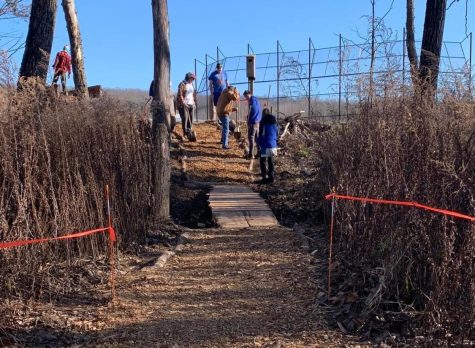
From those experiences, she realized there had to be a safer way to get down to the riverbank for class.
“Using the trail to get down to the river is safer and more environmentally friendly,” noted Pillis.
No longer will the ecosystem be disrupted by the many feet stomping through the riverbank and scaring off the species needed to be studied by classes.
Staying eco-friendly was the main theme of the project.
“All the logs used, except the one used as the bridge, came from fallen trees near the river,” said Pillis. “The only non-wood used in the project are the nails in the bridge, the plaque, and the anchors for the log.”
The project didn’t just happen overnight — it took months of planning to accomplish.
Pillis started planning for the project in March of 2021. She attended numerous town meetings and met with agriscience director Ed Belinsky, Nonnewaug principal Pam Sordi, and NHS custodians.
“[Pillis] came and said she wanted to do [her Eagle Scout Project] for the school,” recalled Belinsky.
Through their meeting, they were able to come up with a location next to the baseball and softball fields to allow everyone to use it.
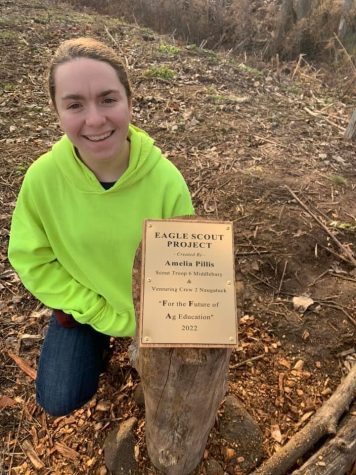
She also had to meet with the Region 14 Board of Education twice, the Woodbury Land Use Department, and the Woodbury Inland Wetlands Commission twice.
Once her proposal was approved by her troop, its committee, and the Scouts Council, she was able to get started.
She received donations for materials like the woodchips, and the big log was donated by Brothers Tree Service. Belinsky donated his time to help transport materials down to the construction site. ELM Tree Service donated woodchips. Belinsky milled down the logs using the Nonnewaug sawmill.
Pillis’ troop, Troop 6 in Middlebury, along with Troop 5 and Pillis’ venture crew of fellow girls helped with the construction. Her family helped, too.
“Each half of the log bridge took eight scouts to lift, and it was put in by hand,” said Pillis.
The project was constructed from Nov. 12 to Nov. 19 and will benefit the entire NHS and Region 14 community.
“She wanted the community to be able to use it, not just all of the school,” said Belinsky. “All ag classes and regular classes can use it as well as people with pets can come down and use it.”
“It will provide access to the river for class activities like river studies, habitat assessment, and macroinvertebrate collection,” said NHS natural resources teacher Audra Leach.
In addition to the natural resources class, Nonnewaug’s aquaculture, AP Environmental Science, AP Biology, and other classes will be able to utilize the bridge for different experiments and projects.



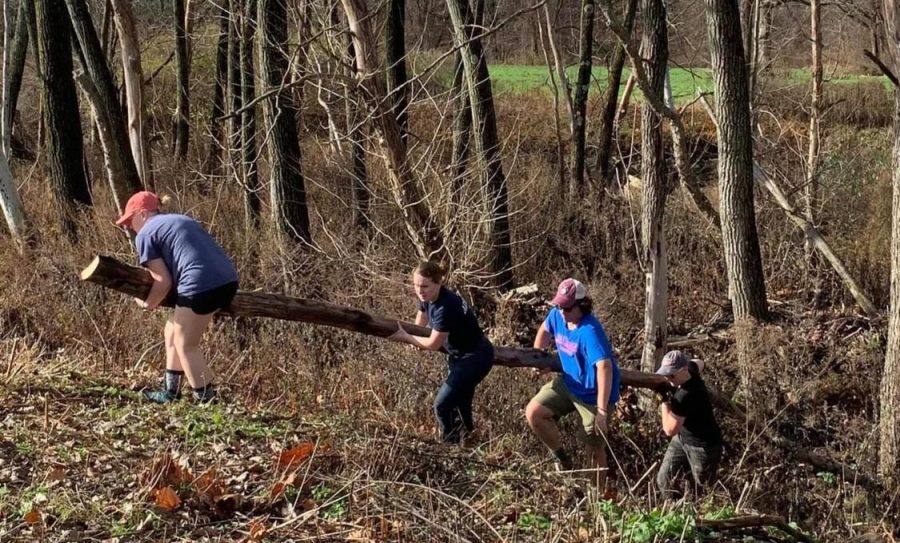
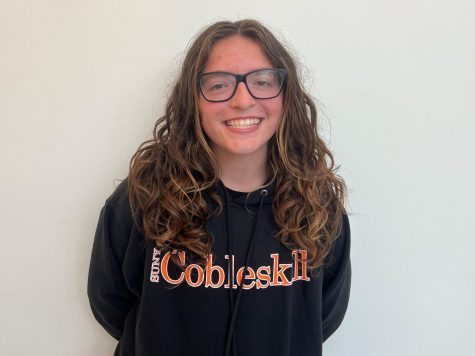
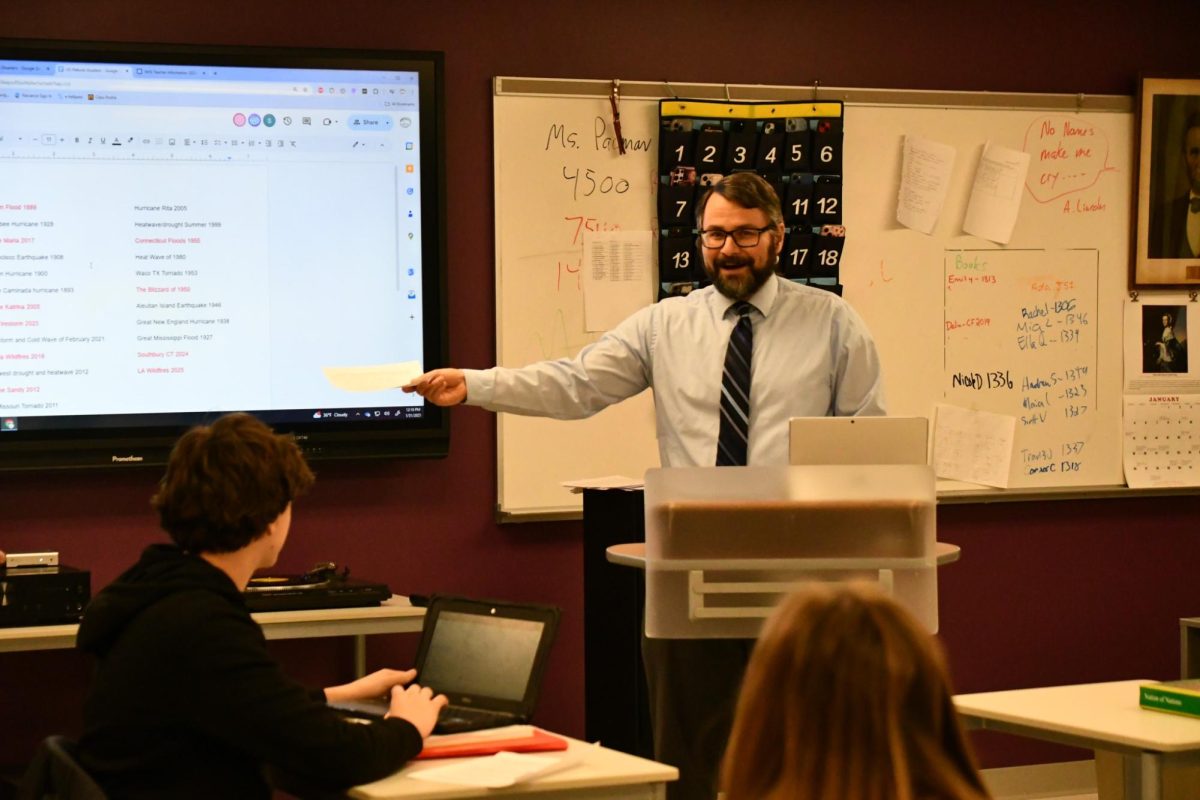

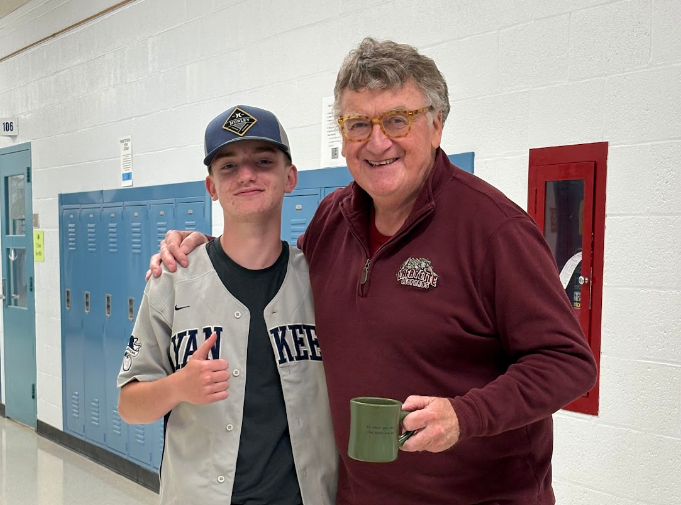


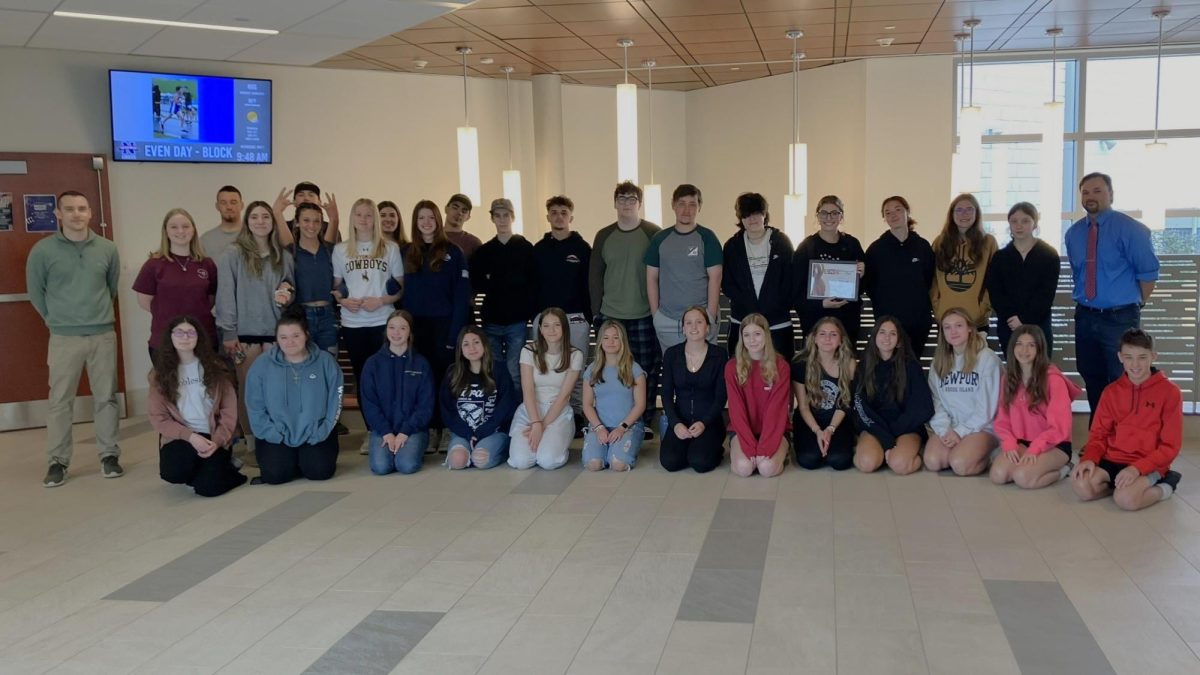


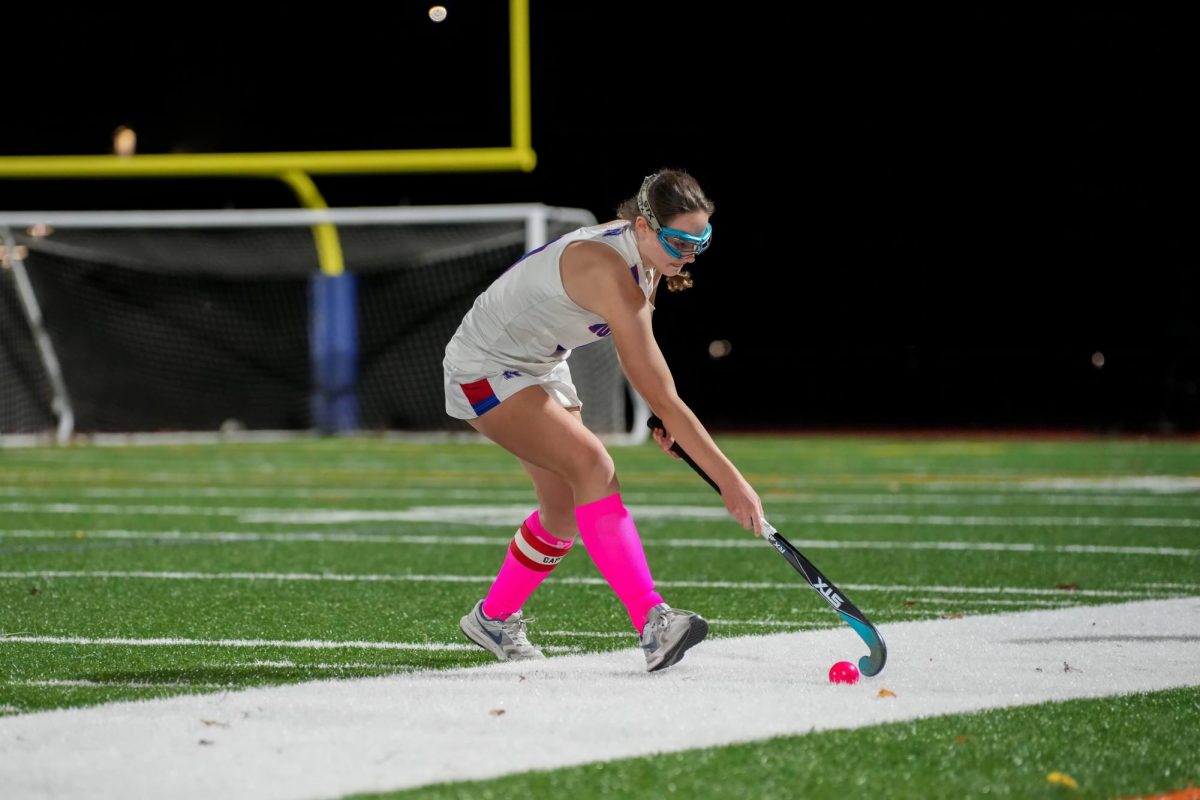

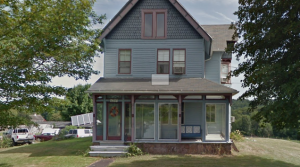

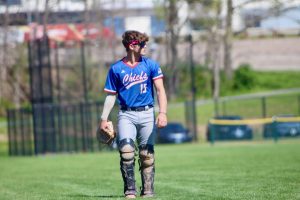

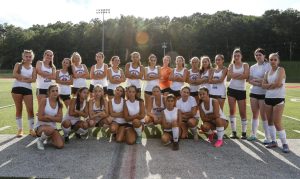
Jaime • Jan 13, 2023 at 11:14 am
Great idea Amelia! We are happy we could help you out with your project.
Jaime of Brothers’ Tree Service